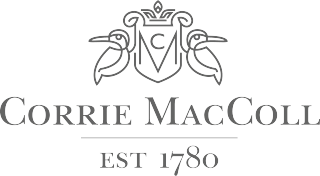Top Strategies for Sourcing the Best Thermoplastic Rubber to Maximize Your Supply Chain Efficiency
As the demand for versatile and high-performance materials continues to rise, Thermoplastic Rubber (TPR) stands out as a pivotal component in various industries, from automotive to consumer goods. According to a recent report by Grand View Research, the global thermoplastic elastomers market size was valued at approximately USD 24.5 billion in 2022 and is expected to expand at a compound annual growth rate (CAGR) of 6.8% from 2023 to 2030. This growth underscores the necessity for supply chain professionals to adopt effective sourcing strategies that not only ensure the quality of Thermoplastic Rubber but also enhance overall efficiency. As we look toward the trends shaping 2025, understanding the best practices for sourcing TPR can empower businesses to navigate market fluctuations and technological advancements, ultimately unleashing the full potential of their supply chains.
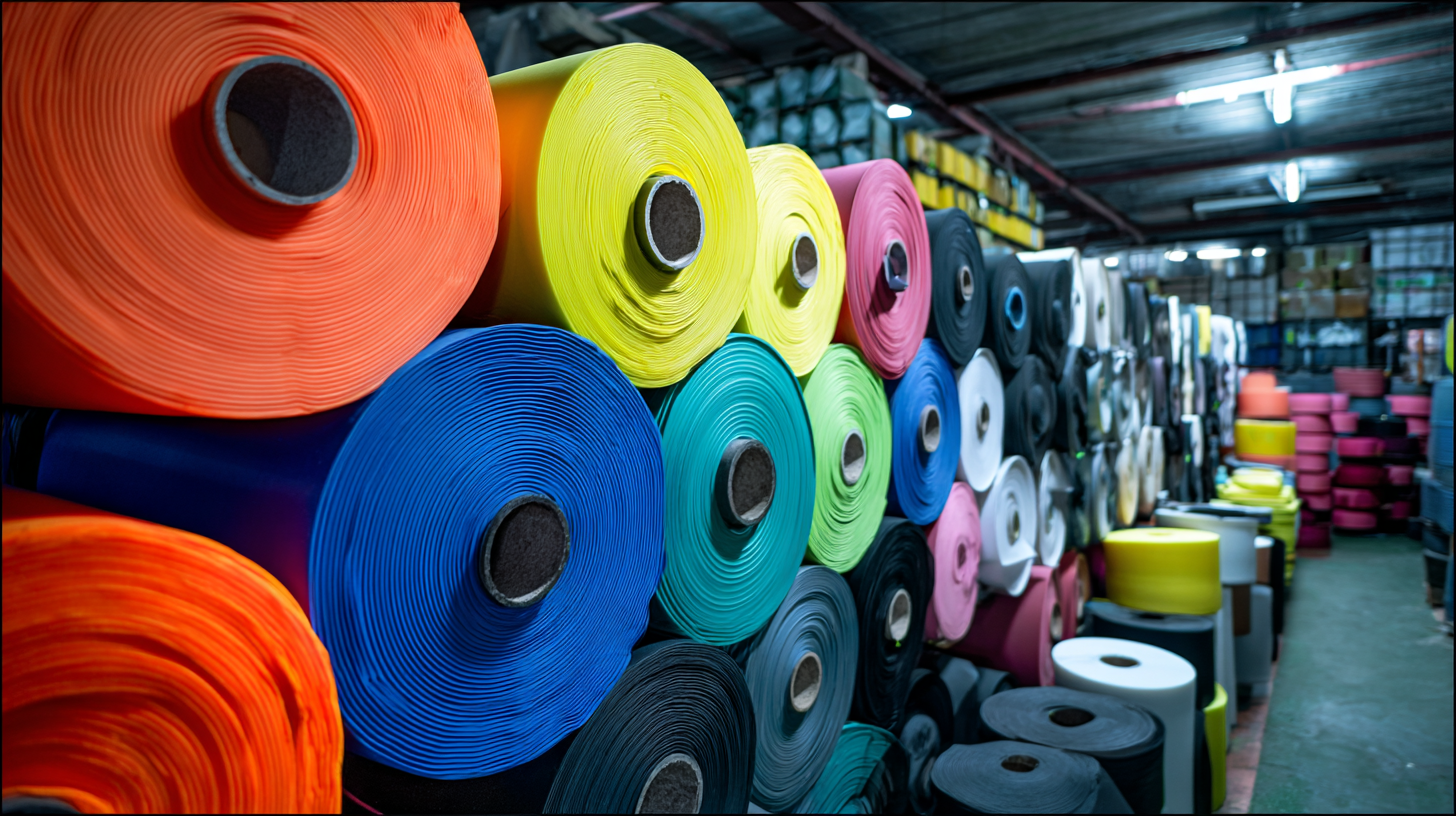
Essential Criteria for Selecting High-Quality Thermoplastic Rubber Suppliers
Sourcing high-quality thermoplastic rubber (TPR) is crucial for maximizing supply chain efficiency. When selecting suppliers, it is essential to consider various criteria that align with current industry standards and sustainability practices. Recent trends indicate that a strong focus on responsible sourcing and sustainable practices is reshaping supplier evaluations. For instance, recent supplier standards emphasize the necessity for compliance with safety regulations and risk management to mitigate operational hazards.
**Tips**: When assessing TPR suppliers, prioritize their adherence to international sustainability frameworks and their commitment to responsible sourcing. Data shows that companies with sustainable supply chains can reduce costs by up to 20% while increasing operational resilience. Additionally, engage with suppliers who demonstrate clear communication and effective data management practices, as this transparency enhances collaboration and efficiency.
Ultimately, leveraging current industry insights and trends will bolster your strategy for sourcing thermoplastic rubber. Look for suppliers who not only meet quality standards but also contribute to digital transformation and green supply chain initiatives. Implementing these strategies ensures you stay competitive and improve overall supply chain performance.
Top Strategies for Sourcing the Best Thermoplastic Rubber
Key Characteristics to Look for in Thermoplastic Rubber Materials
When sourcing thermoplastic rubber (TPR) for your supply chain, it’s crucial to identify key characteristics that will enhance performance and efficiency. Firstly, consider the material's elasticity and flexibility. High-quality TPR should exhibit excellent stretchability without compromising its ability to return to its original shape. This property is vital for applications requiring durability and resilience under varying conditions, making it essential to assess samples prior to purchase.
Another important characteristic is the thermal and chemical resistance of the TPR. The ideal material should withstand significant temperature fluctuations and exposure to various chemicals without degrading. This ensures that the rubber maintains its functionality and appearance over time, leading to reduced maintenance costs and increased reliability. Additionally, look for TPR that offers good adhesion properties, especially if your applications involve bonding with other materials. By focusing on these essential features, you can ensure that the TPR you source will effectively support your supply chain’s needs and contribute to overall operational efficiency.
Evaluating Supplier Reliability: Questions to Ask for Quality Assurance
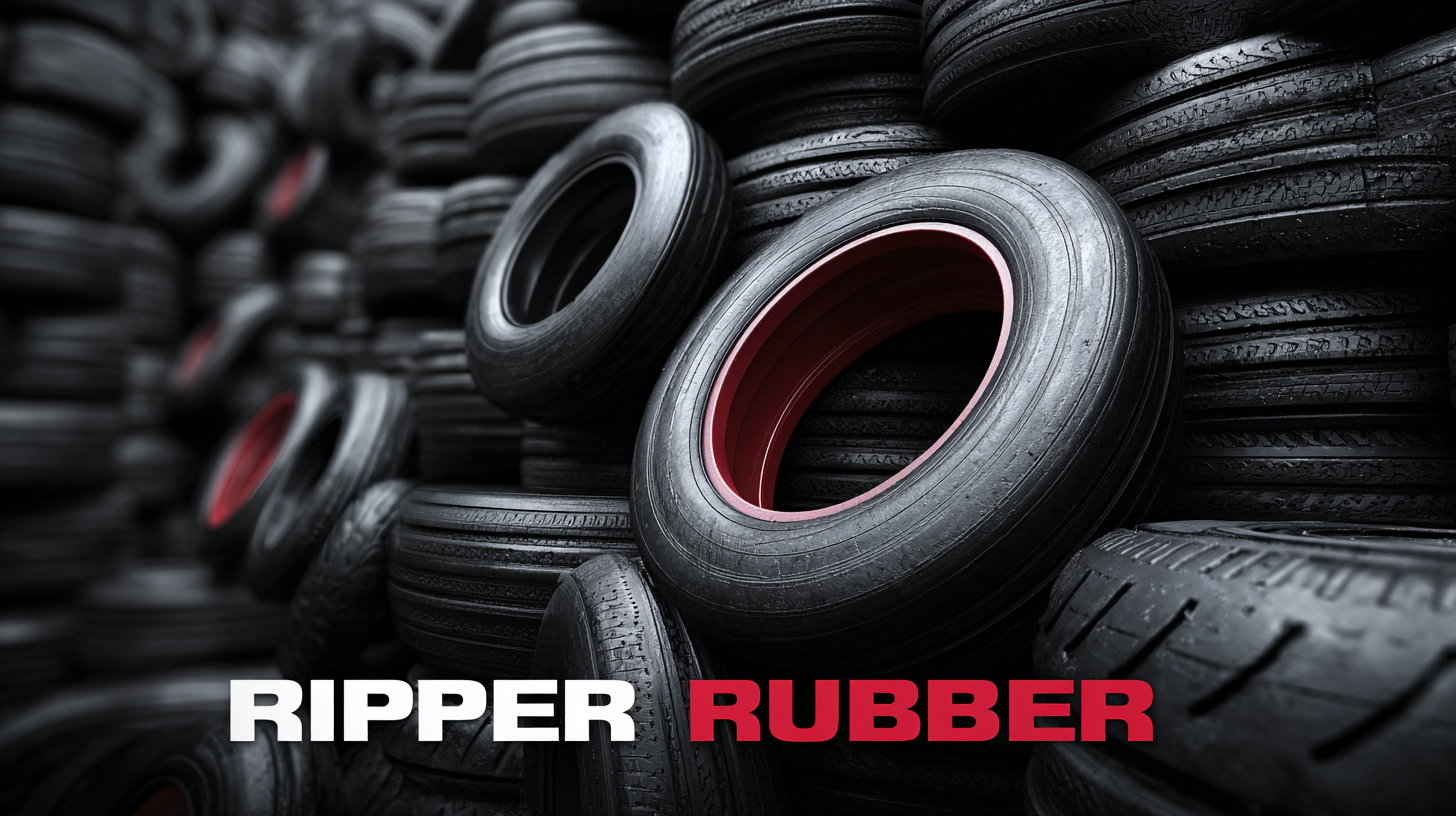 When sourcing thermoplastic rubber (TPR), ensuring supplier reliability is paramount. To assess the quality of potential suppliers, start by asking specific questions that gauge their manufacturing processes and certifications. Inquire about the materials they use and whether they comply with industry standards. This information can provide insight into the strength and durability of the TPR they produce, ensuring that it meets your expectations.
When sourcing thermoplastic rubber (TPR), ensuring supplier reliability is paramount. To assess the quality of potential suppliers, start by asking specific questions that gauge their manufacturing processes and certifications. Inquire about the materials they use and whether they comply with industry standards. This information can provide insight into the strength and durability of the TPR they produce, ensuring that it meets your expectations.
Another critical aspect of evaluating a supplier’s reliability is their delivery performance. Ask about their lead times and how they handle sudden increases in demand or potential supply chain disruptions. Understanding their inventory management practices can reveal how they maintain consistency in supply, which is vital for maximizing supply chain efficiency. Engaging with past clients for testimonials can further solidify your decision, offering a real-world perspective on the supplier’s reliability and quality assurance measures.
Cost-Effectiveness vs. Performance: Finding the Right Balance for Your Needs
Finding the right thermoplastic rubber (TPR) for your supply chain demands both cost-effectiveness and high performance. According to a recent report by Smithers Pira, the global thermoplastic elastomers market is projected to reach approximately $25 billion by 2026, highlighting the growing importance of these materials in various industries. This rapid growth indicates that businesses must strategically source TPR to maintain a competitive edge while ensuring that they do not compromise on quality.
One key tip for balancing cost and performance is to assess the long-term durability of the TPR grades you are considering. Investing in higher-quality materials may result in reduced downtime and lower replacement costs, ultimately leading to significant savings over time. A study by Research and Markets noted that TPR applications in automotive and consumer goods sectors are particularly sensitive to performance characteristics, reinforcing the idea that premature failure can drastically affect production schedules and costs.
Another effective strategy is to analyze your specific application requirements closely. Utilize technical data sheets and industry reports to ensure that the selected TPR not only meets your budget constraints but also provides the necessary mechanical properties, such as tensile strength and flexibility. Regular engagement with suppliers for updates on material advancements can further enhance your supply chain efficiency, enabling well-informed decisions that strike the perfect balance between cost and performance.
Strategies for Building Long-Term Relationships with Thermoplastic Rubber Vendors
Building long-term relationships with thermoplastic rubber vendors is essential for maximizing supply chain efficiency and ensuring consistent product quality. Establishing open lines of communication is the first step in fostering a strong partnership. Regular meetings, whether virtual or in-person, enable both parties to understand each other’s needs, capabilities, and expectations. Discussing upcoming projects, potential challenges, and strategic goals can help in aligning efforts and crafting tailored solutions that benefit everyone involved.
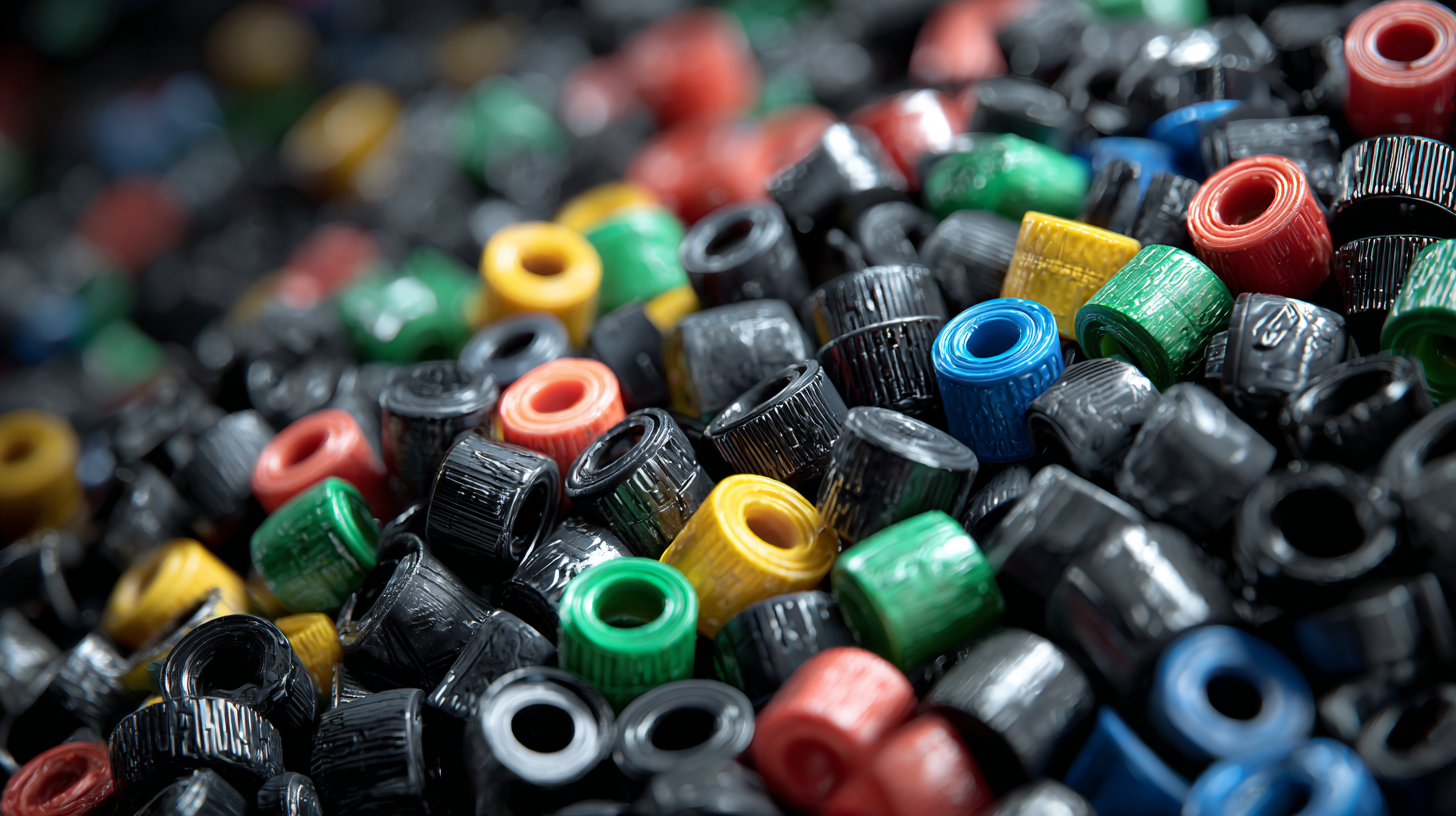
Moreover, trust and reliability play a crucial role in nurturing these relationships. It is important to honor commitments and deliverables while also being transparent about any issues that may arise. By demonstrating reliability, vendors are more likely to prioritize your orders and provide better service during peak times. Additionally, engaging in collaborative projects such as product development or sustainability initiatives can strengthen the partnership further, showcasing a commitment to mutual growth and innovation within the industry.
